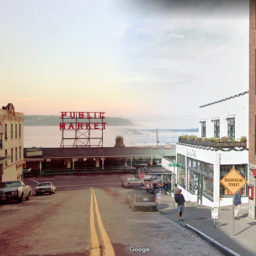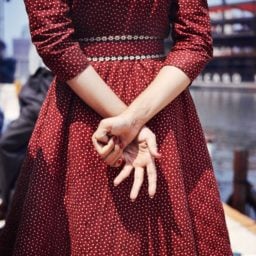While museums around the globe are closed to the public, we are spotlighting each day an inspiring exhibition that was previously on view. Even if you can’t see it in person, allow us to give you a virtual look.
What the museum says: “This exhibition presents work by three American photographers in the Capital Group Foundation Photography Collection at Stanford University who used the camera to observe the public lives and, occasionally, the private spaces of others.
German-born John Gutmann (1905–1998) settled in the Bay Area in 1933 and documented the spectrum of American society with an eye for the absurd, sensational, and grotesque. Author and artist Wright Morris (1910–1998) created a photographic portrait of his relations and their hard-scrabble, rural way of life by depicting their belongings, interiors, and the harshly beautiful Nebraska landscape. On the East Coast, Brooklyn-born Helen Levitt (1913–2009), one of the great street photographers of the 20th century, captured the everyday drama played out on the stoops and streets of Manhattan’s Lower East Side and Spanish Harlem.”
Why it’s worth a look: In the photographs assembled for this show we’re able to see a historic diary of the lives of a broad cross-section of people. As pioneers of “street photography,” these three artists were attempting to be invisible, snapping moments of life lived before their eyes, not actively interrupting or engaging with the scenes that captivated them. The result is a panoply of intimate moments.
What it looks like:
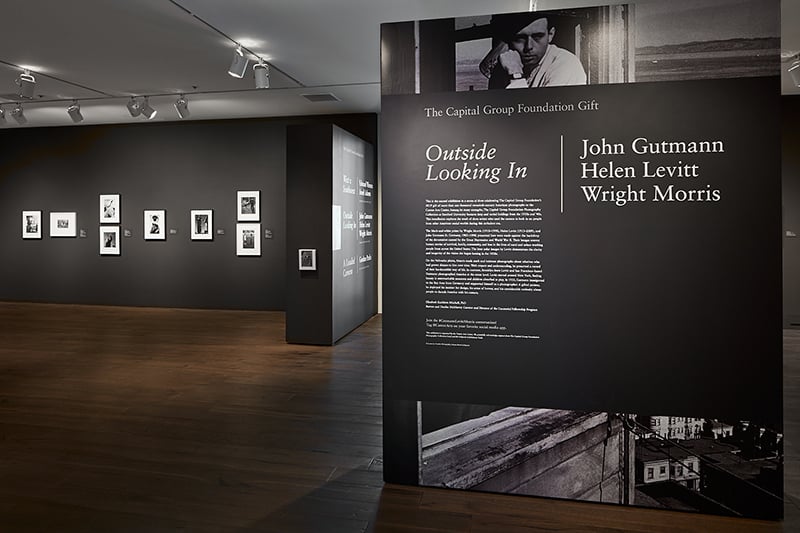
Installation view of “Outside Looking In: John Gutmann, Helen Levitt, and Wright Morris” at Cantor Arts Center, Stanford University.
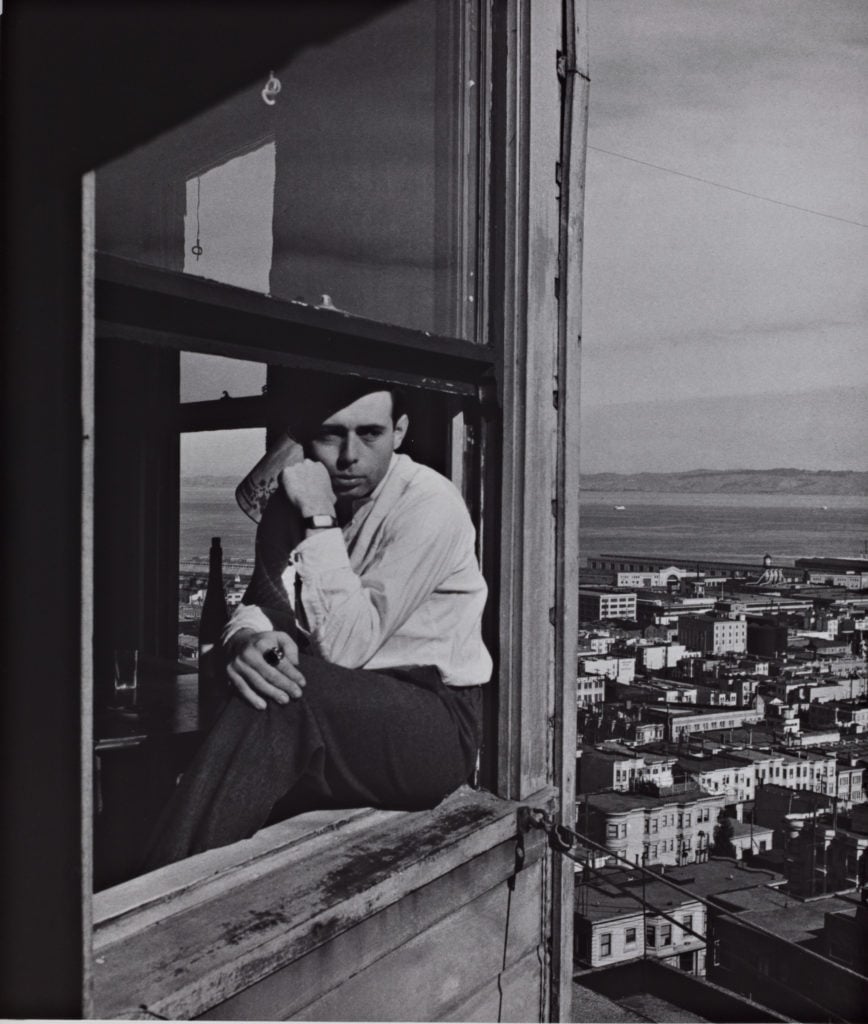
John Gutmann, Self-Portrait, San Francisco, (1934). © Center for Creative Photography, Arizona Board of Regents.
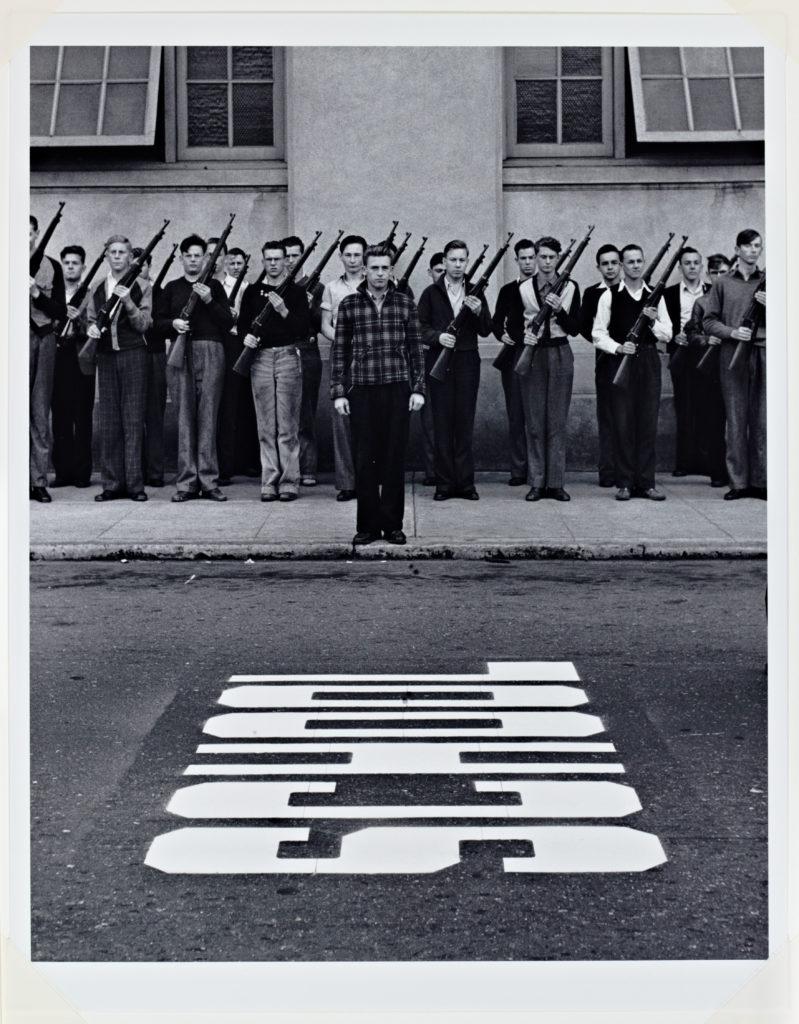
John Gutmann, Before Pearl Harbor, ROTC at Mission High School, San Francisco, (1938). © Center for Creative Photography, Arizona Board of Regents.
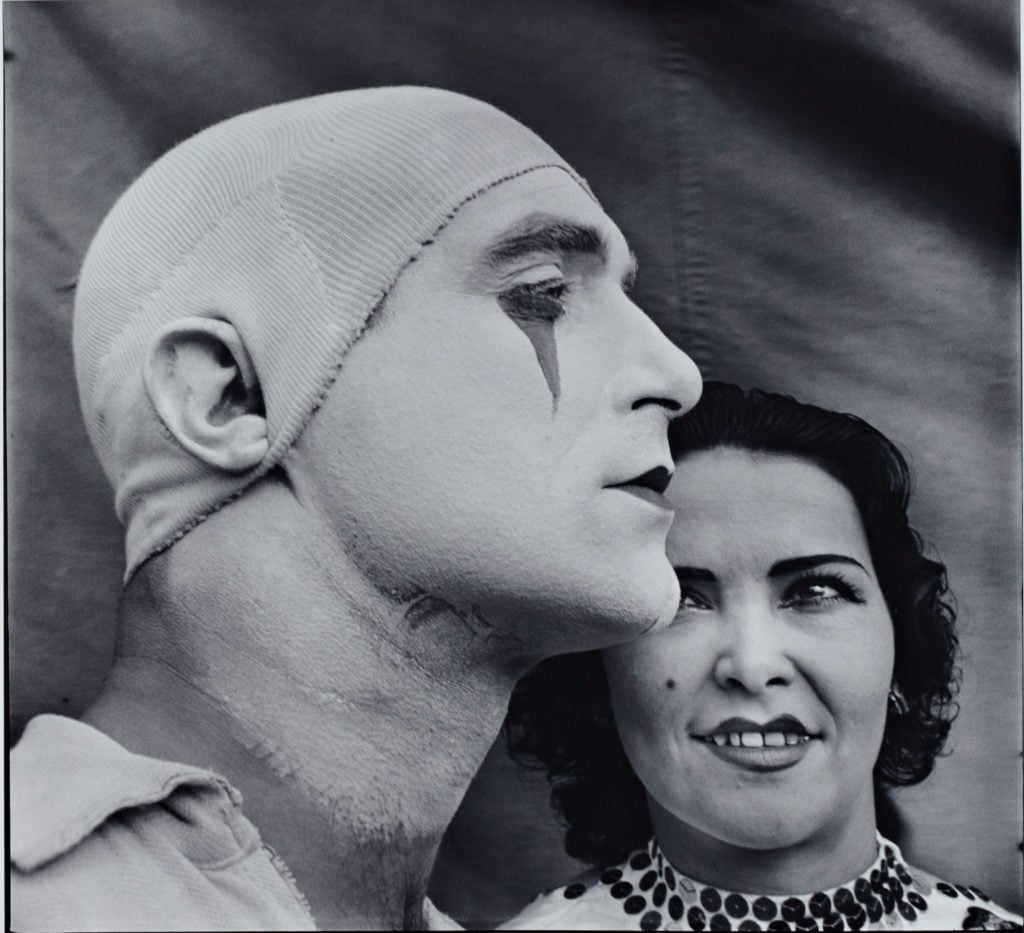
John Gutmann, The Beautiful Clown, (1940). © Center for Creative Photography, Arizona Board of Regents.
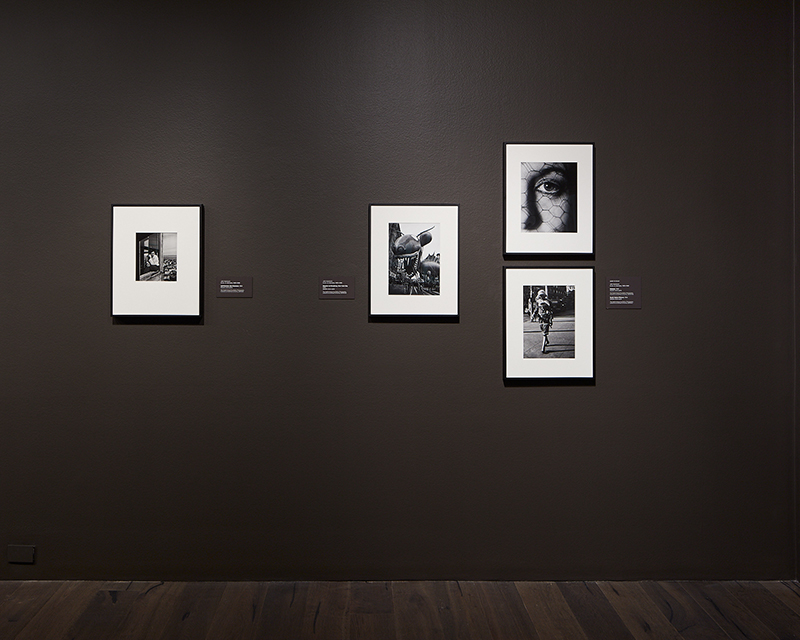
Installation view of “Outside Looking In: John Gutmann, Helen Levitt, and Wright Morris” at Cantor Arts Center, Stanford University.
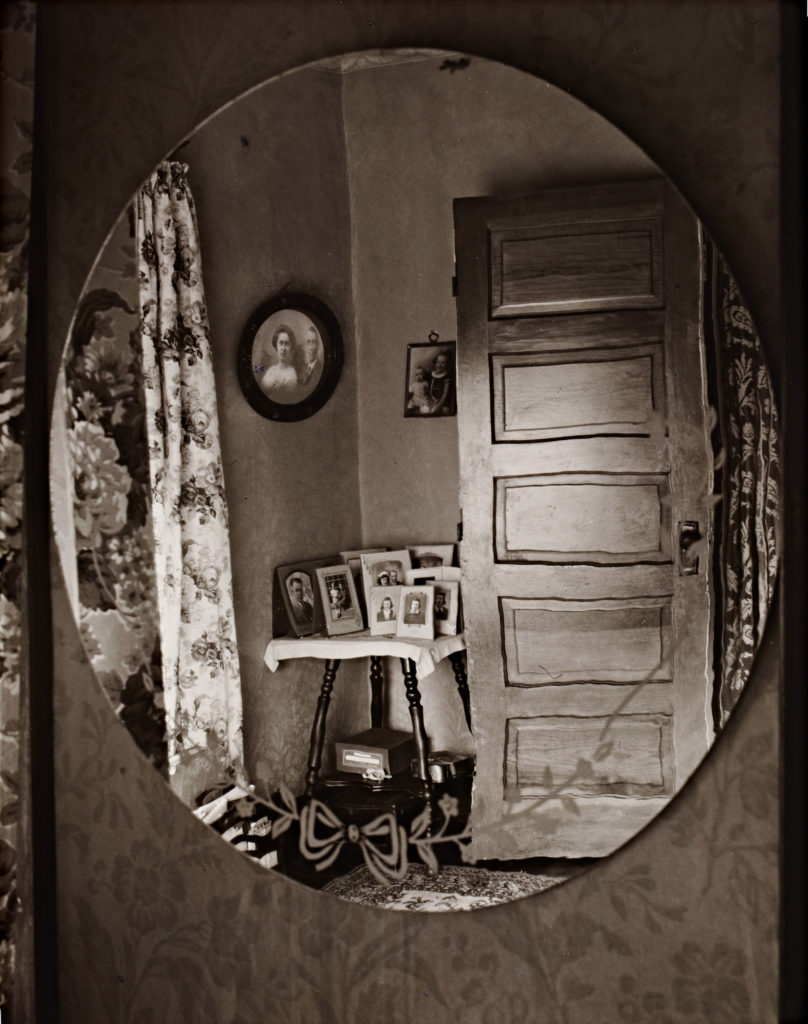
Wright Morris, Reflection in Oval Mirror, (1947). © Estate of Wright Morris, Courtesy of the Center for Creative Photography.

Wright Morris, Eggs in Pot, (1947). © Estate of Wright Morris, Courtesy of the Center for Creative Photography.
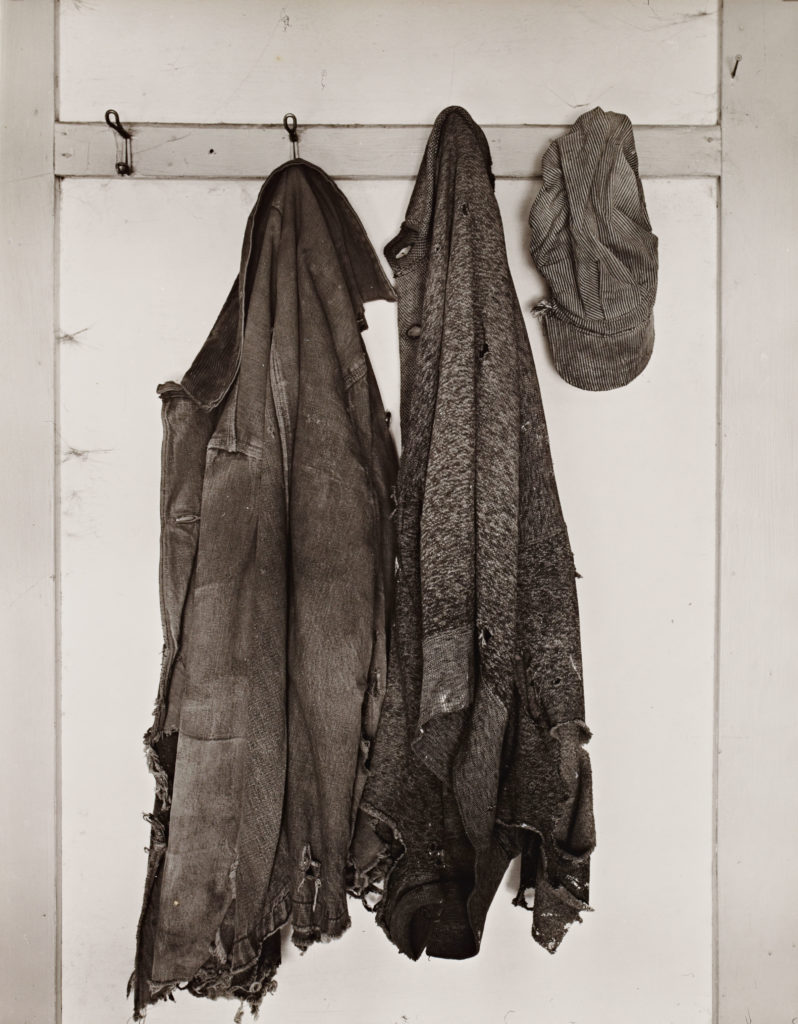
Wright Morris, Clothes on Hooks, (1947). © Estate of Wright Morris, Courtesy of the Center for Creative Photography.
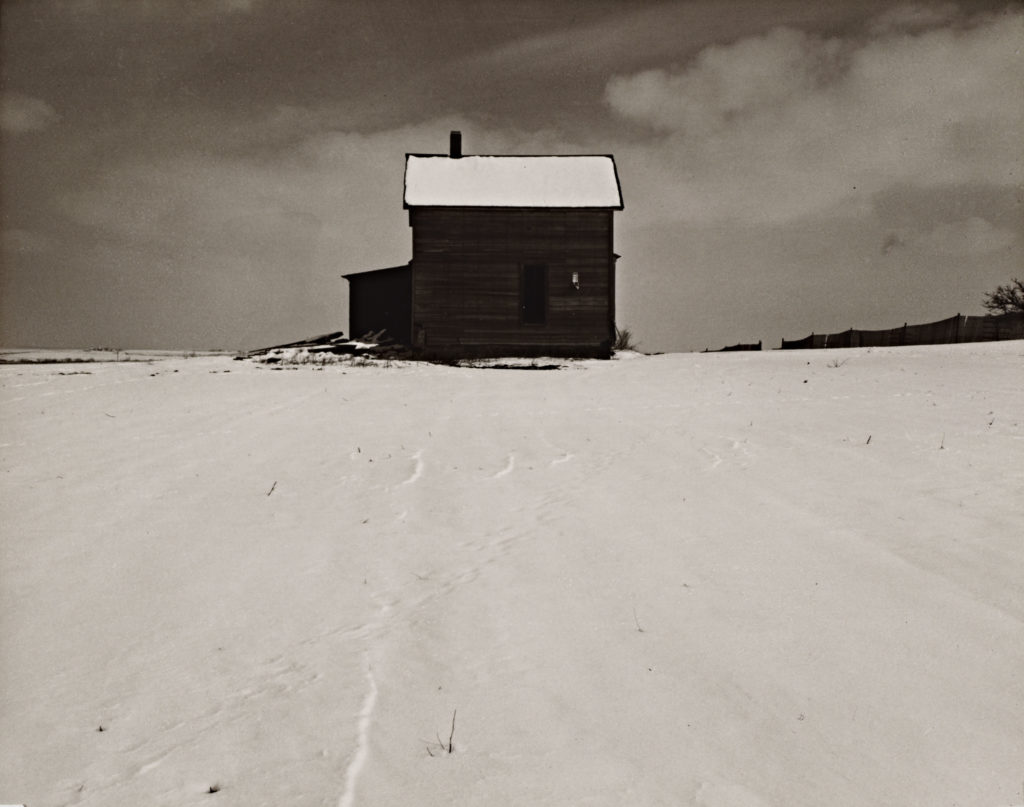
Wright Morris, House in Winter, Near Lincoln, Nebraska, (1941). Gelatin silver print. © Estate of Wright Morris, Courtesy of the Center for Creative Photography.
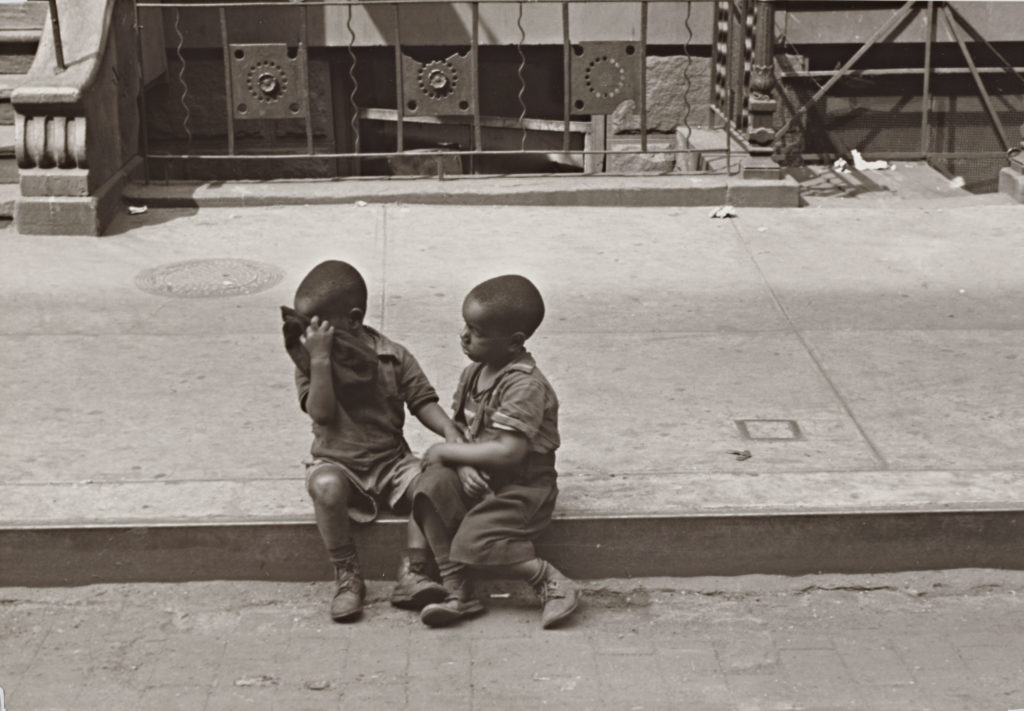
Helen Levitt, New York, (ca. 1940). © Helen Levitt Film Documents LLC. All rights reserved.
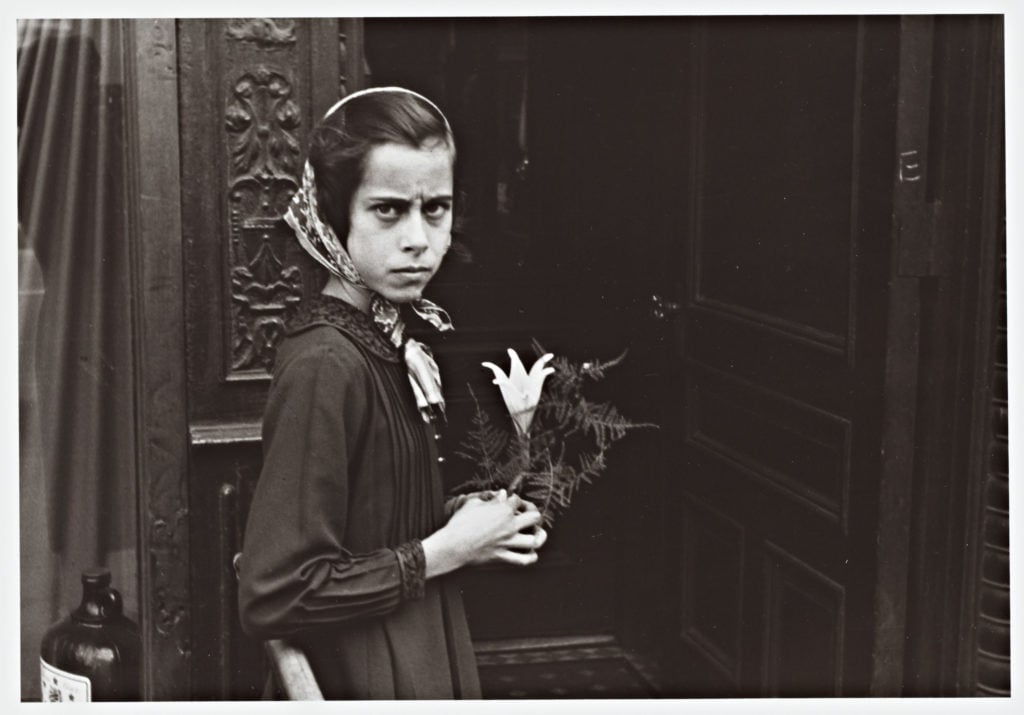
Helen Levitt, New York, (ca. 1940). © Helen Levitt Film Documents LLC. All rights reserved.
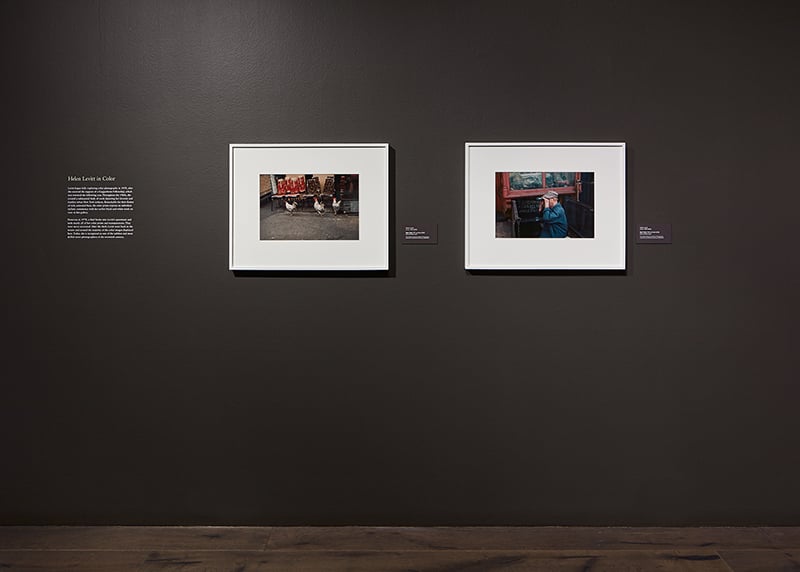
Installation view of “Outside Looking In: John Gutmann, Helen Levitt, and Wright Morris” at Cantor Arts Center, Stanford University.
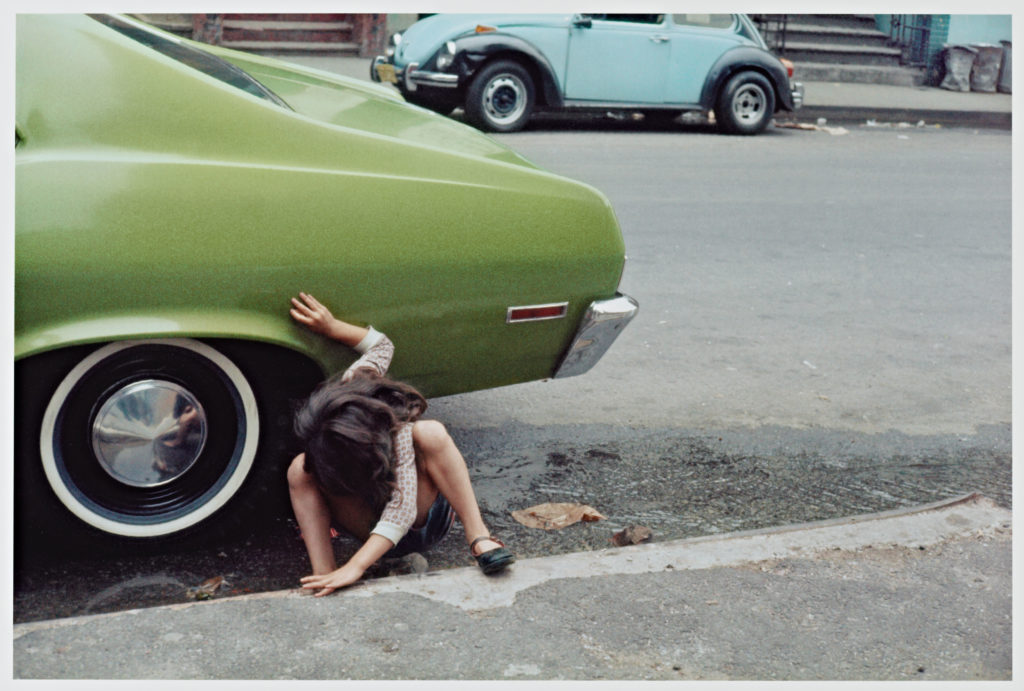
Helen Levitt , New York, (1970). © Helen Levitt Film Documents LLC. All rights reserved.
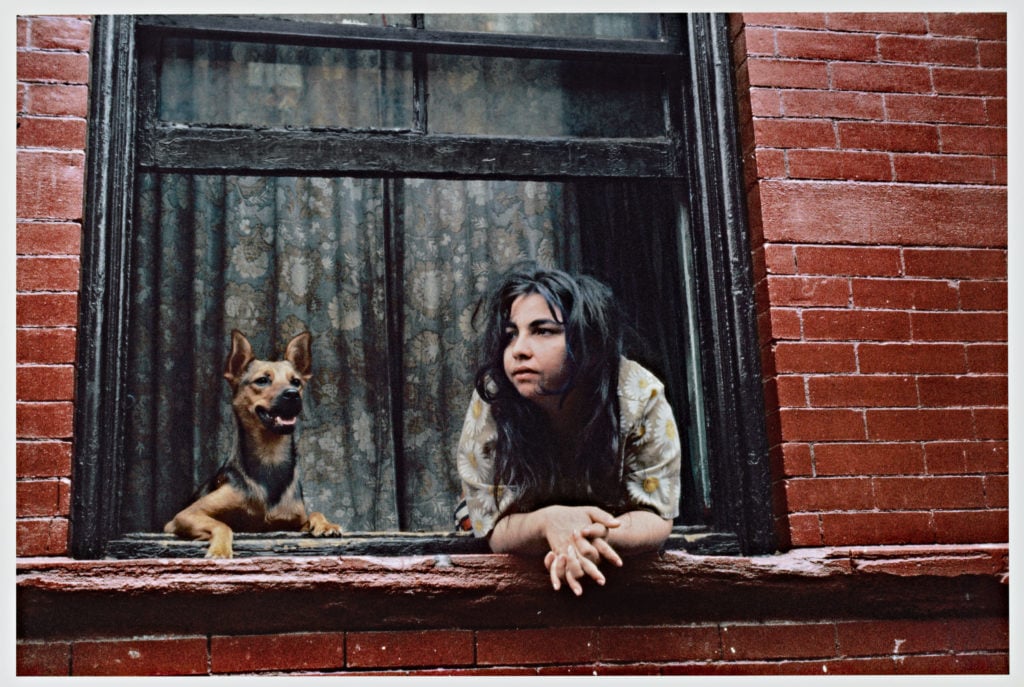
Helen Levitt, New York, (1972). © Helen Levitt Film Documents LLC. All rights reserved.
















